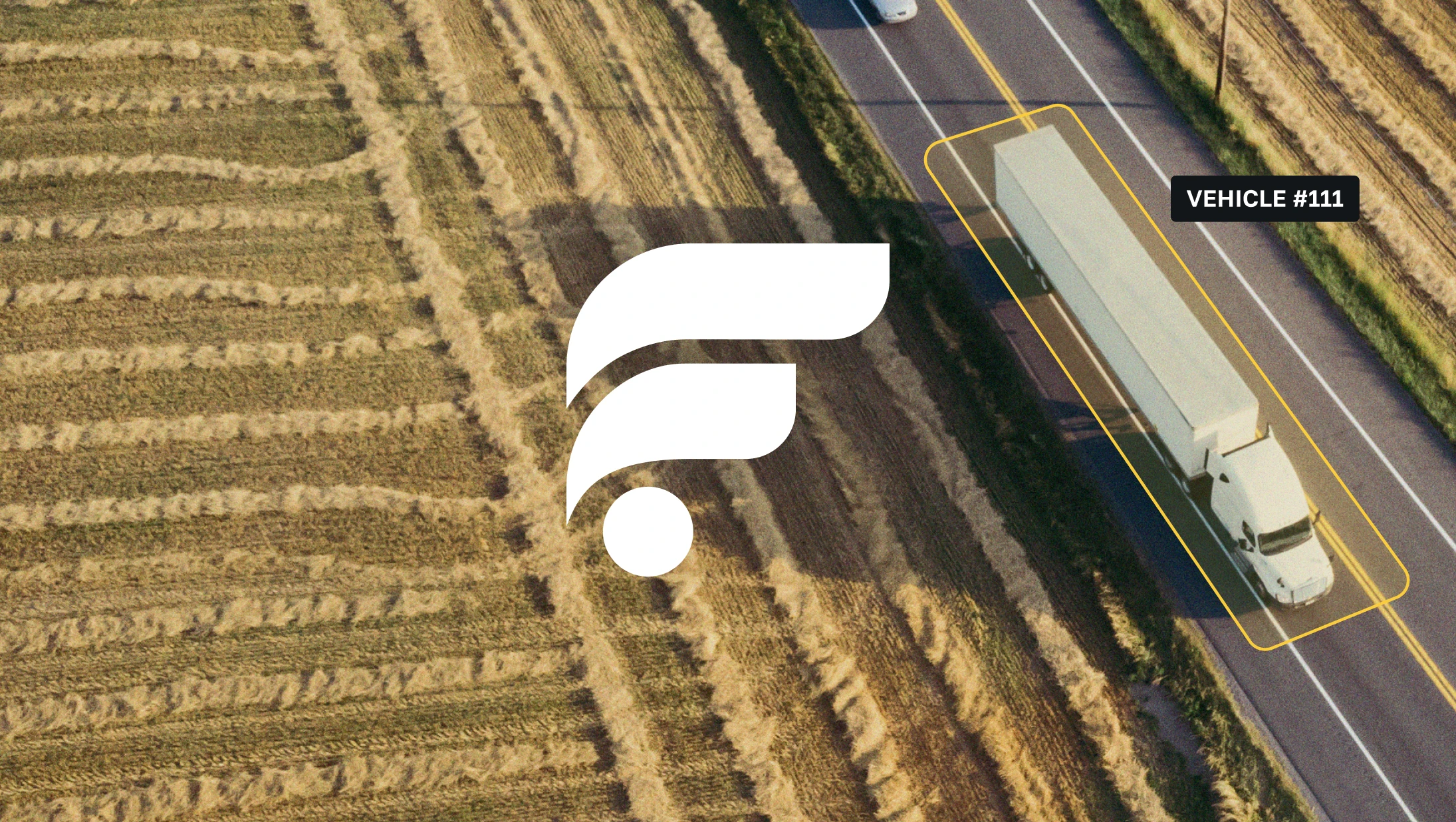
Companies use Fleetworthy Solutions DOT Mock Audit service as a pre-emptive strike to avoid a disastrous real Department of Transportation (DOT) audit. This is a great way to know that your company is up-to-date with its processes and required documentation before it’s too late. Thus, giving time to correct, train and be effective.
Fleetworthy Solutions (FWS) brings you extensive knowledge that isn’t available through any other company. Our background allows us to be the best in the industry with Compliance Audit preparation. We will assist you through every step of an audit, from the notification through the completion of the audit. It is our goal to make sure you and your drivers are as prepared as possible.
Receiving Notice of a DOT Compliance Intervention
There are two ways companies can be notified of Compliance Interventions. Notifications can come in the form of a letter from the Federal Motor Carrier Safety Administration advising you of necessary corrective action, or you could just be notified of a DOT Compliance Investigation. Regardless of the level of intervention, time is critical.
Maybe you’re getting ready for an insurance renewal and have a scheduled audit to review your program and overall compliance standing. Getting this wrong is sure to cost you the renewal or even excessive fees for the following year.
If you have an audit approaching, you must begin acting immediately. What do we mean by action? The organization would be the first key to success. Never present your DOT program to an enforcement official or insurance representative as a disorganized file dump. A properly managed and organized DOT Program is key to any companies’ success.
Never backdate a document. If you don’t have it, create it, but use the current date to show your work to either improve your program or prepare internally. If you get caught backdating any documents, the compliance investigation will fail, and the penalties will be severe.
By bringing in Fleetworthy Solutions to complete a thorough internal compliance audit to help identify what immediate corrective actions are necessary, you will be guaranteeing your company’s success. We also recommend utilizing our services to help get your program ready for the DOT or insurance audit. As your DOT Compliance Manager, we will help your company thrive and ensure that you follow all compliance regulations.
Receiving an FMCSA Intervention Letter
Your safety scores are tracked in the Federal Motor Carrier Safety Administration (FMCSA) Compliance Safety and Accountability (CSA), Safety Measurement System (SMS). The score is categorized by the Behavioral Analysis and Safety Improvement Categories (BASIC) within the CSA website. An Intervention Letter is sent to any carrier whose individual BASIC scores are over the “Intervention Threshold.”
Below is a list of the Seven BASICs and Threshold Percentile.
- Unsafe Driving – 65%
- Crash Indicator – 65%
- Hours of Service – 65%
- Vehicle Maintenance – 80%
- Controlled Substances and Alcohol – 80%
- Hazardous Material – 80%
- Driver Fitness – 80%
Once you have received a letter, you must immediately start a corrective action process. Identify what issues are causing the increasing scores and address each of the problems head-on. Do not just keep doing the same thing and expect a different result. Now is the time to get creative, think outside the box for program improvements.
An excellent practice to implement when monitoring your BASICs is to keep track and identify any trend of violations. A trend is a violation of the same type or same category that has occurred more than three times in two years. If you see you have been written for brake violations two times already, you must implement a plan to prevent a third similar type of violation. Keeping track of these trends will better prevent you from FMCSA Intervention down the line. Monitoring your BASICs through SMS is a must.
It is paramount that every program update is documented in writing. Failure to document means the program improvement never happened, showing that no action was taken after receiving the FMCSA Intervention Letter.
Remember, acting is a must; if you ignore the problem, it is just going to grow and open you and the company to greater liability and possible litigation in the event of an incident. Instead of dealing with it all on your own, hire Fleetworthy Solutions to help you.
Fleetworthy is here to help you define the problem, implement a solution, document the changes, and keep you Beyond Compliance.
Types of Audits
New Entrant Safety Audit
The New Entrant Safety Audit is an educational-based audit developed to help ensure new carriers are aware of the DOT Rules and Regulations while reviewing the programs in place that have been appropriately implemented.
While a safety audit will not result in an enforcement action or penalty, it can fail. In a failure, the carrier will be given 45 days (HM Carrier) or 60 days (General Carrier) to submit a Corrective Action Plan to the FMCSA. If the action plan is not submitted and not approved, the carrier will be forced Out-of-Service (OOS).
Focused Offsite Investigation
The Focused Offsite Investigation audit will focus specifically on whichever of the seven BASICs you have been identified to be struggling in. The audit will take a brief snapshot of your other compliance programs but primarily focus on the outlying problems and trends identified in your fleet.
A focused BASIC audit can result in a Conditional or Unsatisfactory safety rating if Acute or Critical Violations are found. However, if no Acute or Critical violations are found, the review will be rated as “non-ratable,” which means it was a pass.
A focused compliance investigation can result in an enforcement action or penalty. If a carrier is found Unsatisfactory, they are in jeopardy of being placed Out-Of-Service. To prevent an OOS Order, that carrier must submit a Request for Upgrade and Safety Management Plan (SMP) within 45/60 days.
Comprehensive Investigation
The Comprehensive Investigation is a full compliance investigation of the complete DOT Safety Management Program. This investigation is generally completed onsite, but due to the COVID-19 restriction, it is now being completed as an offsite review.
A Comprehensive Investigation will result in a Safety Rating for the motor carrier, either Satisfactory, Conditional, or Unsatisfactory. As the motor carrier, the goal is to achieve the Satisfactory rating, and either of the other two ratings will prove problematic for the carrier. Additionally, a rating of either Conditional or Unsatisfactory will most generally result in an enforcement action or penalty.
If an Unsatisfactory rating is proposed, the carrier must start the corrective actions immediately to correct any Acute or Critical violations. A request for upgrade and SMP must be submitted within 45/60 days to avoid a carrier OOS order.
Enforcement Actions and Penalty
Most violations discovered in an audit, or if the carrier is deemed Conditional or Unsatisfactory, will result in a fine. Simply put, this means the investigation will result in a fine if violations are found.
Enforcement fines can range between $1,000 – $16,000 per violation. In certain circumstances, the penalty could result in a fine multiplied by each day the violation occurred. For instance, a company was in violation for failing to have Periodic Inspections. The fine for this single violation was $3,000 for a single event. However, the carrier had five trucks reviewed in the audit, and each truck operated 20 times in 30 days, 5 Trucks x 20 days = 100 days of the violation, 100 days x $3,000 = $300,000 fine.
These fines can add up quickly, which was just for one common violation across five trucks. Being prepared for an audit and ensuring you comply is critical.
Preparation
Getting help is most generally the correct answer, but be aware that most safety representatives don’t know the first thing about how to navigate a compliance investigation, and the auditors know it. Hiring the right team to get you prepared is critical.
We have been through many Department of Transportation (DOT) audits over the years for our clients and have successfully guided our new clients through the required new entrant audits.
Our consultants keep on top of the ever-changing regulations and how they affect companies. We take the headache out of understanding the regulations and what they mean to your company. Our clients have never received a fine for any service that we handle for them. Many of our mock audits have revealed deficiencies that our client was not even aware existed.
Unsure if your company needs DOT Safety and Compliance assistance? Take a moment with this self-assessment of your Safety and Compliance Programs and see how you are doing.
Our self-assessment quiz is only an essential evaluation of a few of the required programs all motor carriers must have in place. This assessment does not cover all of the requirements necessary by the Federal Motor Carrier Safety Administration but instead gives you an idea of your company’s standings.
Assessment
- When are you pulling a Motor Vehicle Record (MVR) for your regulated drivers?
- Annually
- Before hire and once annually
- Before hire, once annually, and after a CDL Driver renews their Medical Certification
- Our insurance company is pulling MVR’s
- None, we are not pulling MVR’s
- Is your company enrolled in an FMCSA Drug and Alcohol Testing Program for your CDL Drivers Pre-Employment Testing, Random Testing, Post Accident Testing, and Reasonable Suspicion Testing?
- Since January 6, 2020, have you registered your company for the FMCSA Clearinghouse and completed the pre-employment and annual limited required Clearinghouse Queries?
- Do you have a system in place to track significant dates and expirations for all drivers and vehicle maintenance issues?
- Does your current FMCSA Accident Register maintain all CMV recordable accidents for the last three years?
- Yes
- No
- We do not have an Accident Register
- We have had no recordable accidents in the previous three years
- When was the last update to your FMCSA Drug and Alcohol Testing Policy?
- We have not had an update in years
- Updated 2018/2019
- Updated 2020
- We do not have an FMCSA Drug and Alcohol testing policy
- When drivers complete their pre/post-trip inspections and find vehicle defects relating to safe operation, how are they reporting or documenting the item(s)?
- Completing a Driver Vehicle Inspection Report (DVIR) and submitting daily
- Contact a supervisor or mechanic and request a repair
- They fix the defect themselves
- The repair is completed when the truck and trailer are due for service
- Drivers are not completing pre/post-trip inspections
- Select the following information contained in your driver application for employment:
- Date of Birth and Social Security Number
- Driver’s License Information and questions regarding past suspensions or revocations
- 3- or 10-years Residential History
- 3- or 10-years Motor Vehicle Accident History
- 3- or 10-years Traffic Conviction History
- Explanation of driving experience for the different types of commercial motor vehicles
- Driver Certification Signature Line Statement “This certifies that I completed this application.”
- All the above
Thanks for taking the time to complete our Compliance Self-Assessment! The correct answers to the above questions are below.
- Before hire, once annually, and after a CDL Driver renews their Medical Certification
- Yes
- Yes
- Yes
- Yes, OR We have no recordable accidents in the previous three years
- Updated 2020
- Completing a Driver Vehicle Inspection Report (DVIR) and submitting daily
- All of the above
How did you do? Need help with any of these DOT Compliance necessities?
Use a Mock DOT Audit to make your company more productive toward the Department of Transportation compliance and strive for safety excellence toward the motoring public. We identify trends within your fleet that you have the power to correct. The information from a mock audit will allow you to implement the needed changes so you can be compliant with the regulations.
What to Expect:
During a Department of Transportation (DOT) Mock Audit, we proceed just like any DOT auditor – 48-hour notice to produce records, ask open-ended questions, have an opening and closing meeting, review policies, procedures, and if it were real- your potential for fines and an unsatisfactory or conditional rating.
Our consultants conduct the audit on your site and see your operation in action, or if your information is online, we can audit those, saving you travel costs.
Find out now if your company will pass a DOT audit successfully. Don’t wait for the DOT to tell you. Your company’s safety rating of satisfactory is essential to maintain. Your rating is public knowledge, and your customers may not be willing to put their product on your truck if you don’t have a satisfactory rating. Fines and penalties are avoidable by being proactive.
Contact us immediately if you need help. Please don’t wait for the intervention because, at that time, it might be too late. Picking up the pieces afterward is much more complicated and simply setting up a good program and following a plan. It is our job to help you “Stay Beyond Compliance”.










